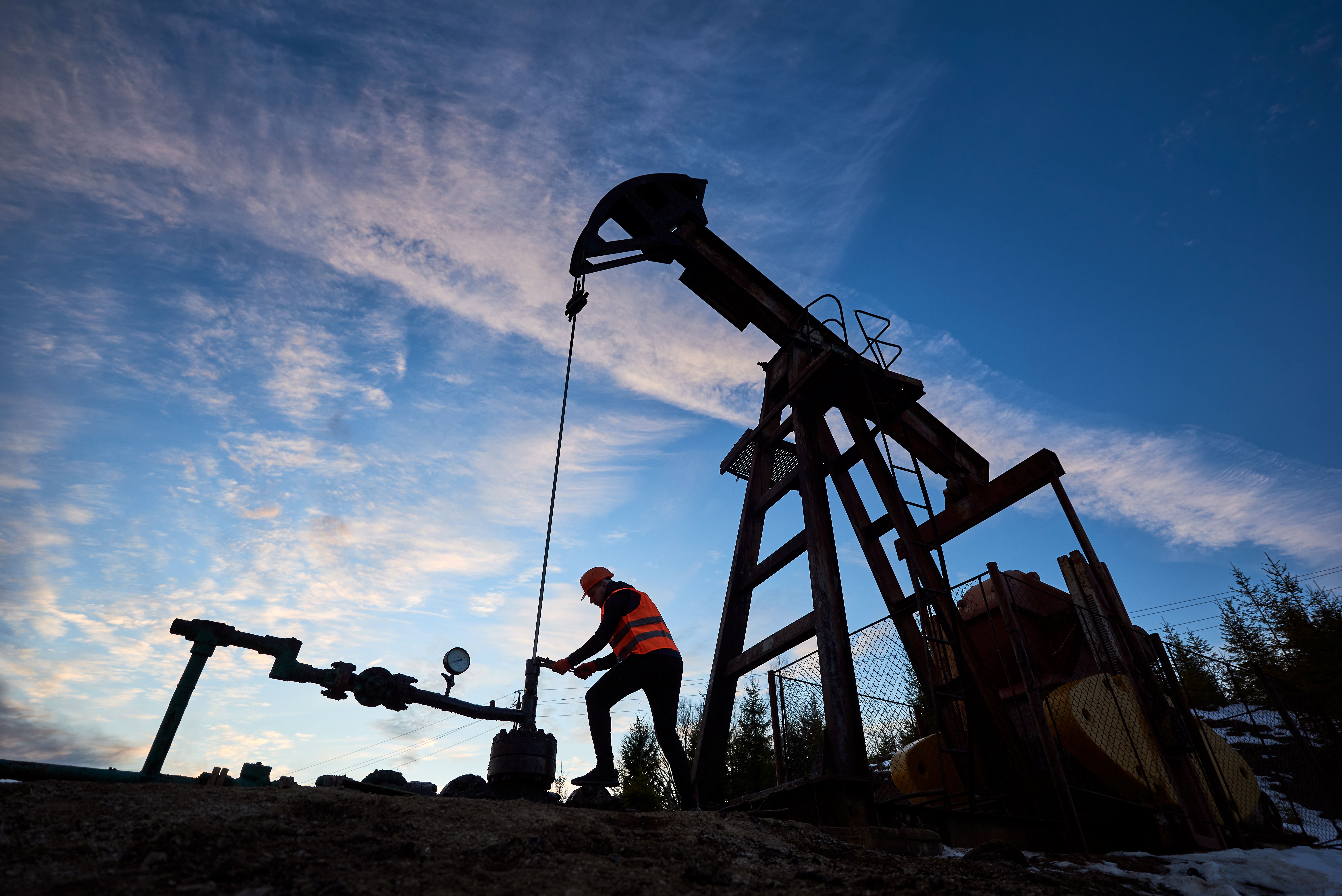If you haven’t thought about protecting your eyes at work The National Institute for Occupational Safety and Health (NIOSH) has some sobering statistics for you. On average, 2,000 eye-related injuries requiring medical treatment are reported by workers in the U.S. every day.
Another sobering static, workplace safety experts and the medical community state that anywhere from seventy to ninety percent of workplace eye injuries are preventable just by wearing safety glasses. These statistics should be enough to get you thinking about your eye safety at work.
Potential Eye Hazards at Work
Some eye hazards are obvious. For example, if you’re welding you protect your eyes from the heat and bits of metal that often flake off. Other hazards might not be so visible. Some of these include,
- Splashes and fumes from chemicals
- Bloodborne pathogens
- Particles and projectiles
- Radiation – ultraviolet, infrared, and even lasers
It’s also not uncommon for work environments to have several of the above eye hazards. Some of the occupations with a high-risk for multiple types of eye injuries are,
- Electrical
- Construction
- Roofing
- Plumbing
- Welding
- Auto repair
- General maintenance
- Mining
- Manufacturing
- Carpentry
Workers in a majority of these industries automatically put on a hard hat as part of their regular uniforms. Employees also want to treat protective eyewear as a standard part of their work attire. However, it’s just as important to wear the correct pair of glasses. Not all safety glasses are designed to protect against the same hazards.
How to Protect Your Eyes at Work
Just like your reading glasses won’t shield your eyes from bright sunlight, construction eye protection might not block pathogens or radiation found in other work environments. When choosing protective eyewear carefully consider what the hazards are at your workplace.
Once you know what you’re protecting your eyes from, it will be easier to pick the correct pair.
Non and Prescription Safety Eyewear
These are the most common type of protective eyewear and are approved for use in several industries. They’re similar in appearance to regular glasses, only stronger and with thicker lenses. To ensure that the glasses meet the American National Standards Institute (ANSI) requirements, check for the frames for a Z87 mark.
Safety glasses are constructed from either plastic, polycarbonate, or Trivex. You can also find pairs that come with side shields for added protection. If you normally wear corrective eyewear, you can pay extra to have your prescription added.
If flying debris and potential impacts are hazards at work, safety experts recommend wearing a polycarbonate pair. It is the strongest material and provides the highest level of protection.
Goggles
If pathogens and chemical splashes are possible hazards, safety goggles will provide the best protection. Safety goggles are impact-resistant and fully protect the eye area. You can also wear prescription contacts or glasses underneath goggles.
Helmets and Face Shields
Face shields and helmets are worn in conjunction with safety glasses. Basically, it gives you an additional layer of protection. Lab workers, welders, and anyone working with chemicals should be required – if not already – to wear the additional protection.
Special Safety Glasses
Anyone employee that works around lasers and/or any type of radiation will be required to wear goggles and possibly helmets that are designed to filter out harmful light, while also protecting the eyes.
Computer Glasses
You might think that you’re safe from eye hazards sitting behind a desk but you could still be at risk. On average, Americans spend 7 hours a day in front of a computer. Over time, this can cause eye strain and other problems.
There are glasses for computer use that block the glare and reduce eye strain. There is even a name for this condition, Digital Eye Strain. Simply wearing computer safety glasses can ensure this won’t be a problem for you.
Conclusion
There are eye hazards at almost any workplace. Some are easy to spot and others might escape your notice. Pay attention to the environment around you and always wear your safety glasses. After all, you’re the only one that can protect your eyes.
If you have any questions or want to learn more about how Work-Fit can help you stay safe at work, feel free to leave a message on our Contact page. We’d love to hear from you.




.jpg)



